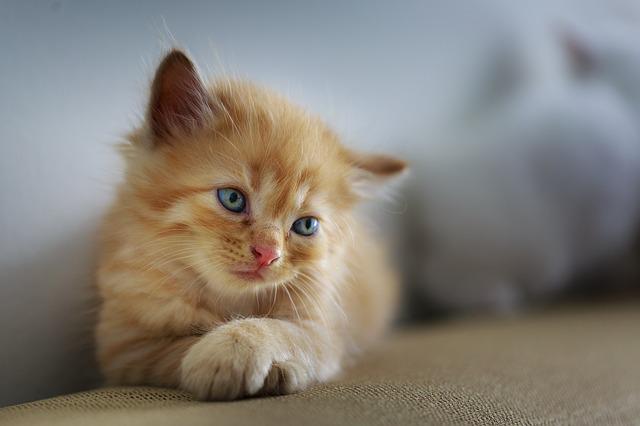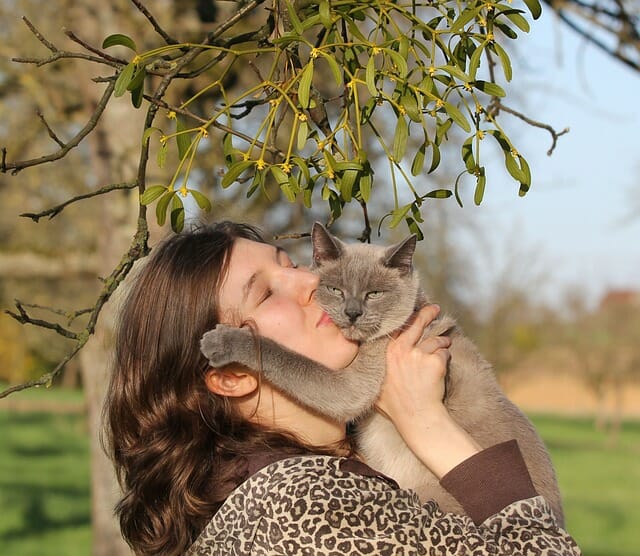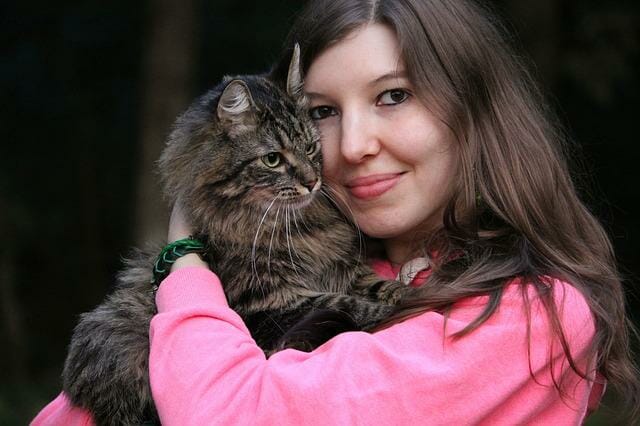Where Do Cats Like to Be Petted: What You Need to Know When Petting Your Cat
Many cats enjoy being petted on their chin and cheeks. This area is typically safe and can provide cats with a calming and enjoyable sensation. Cats also often enjoy being petted on their head and behind their ears. However, it’s important to be gentle and avoid touching their ears too forcefully, as this can be uncomfortable or even painful for some cats.
Table of Contents
Reminders Before Petting a Cat


Approach the Cat Slowly and Calmly
Approaching the cat slowly and calmly is important to help avoid startling or frightening them. When approaching a cat, it’s important to move slowly and avoid sudden movements or loud noises that could scare them, according to PDSA.
Also, speak to the cat softly and soothingly to help them feel more at ease. For example, if the cat seems nervous or hesitant, you can offer them a treat or toy to help build trust and create a positive association with your presence.
Let the Cat Come to You
Allowing the cat to approach you first is generally good when interacting with a cat. This helps the cat feel more in control of the situation and can help establish trust and build a positive relationship. Approaching a cat too quickly or aggressively can cause them to feel threatened or scared, leading to defensive behavior or aggression.
When waiting for the cat to approach, it’s important to remain calm and avoid sudden movements or loud noises that could scare them. You can also offer the cat a treat or toy to encourage them to come closer and build a positive association with your presence. Always respect the cat’s boundaries and give them space if they seem uncomfortable or want to move away.
Pay Attention to Body Language
When interacting with them, paying attention to a cat’s body language is important. Cats communicate a lot through their body language, so it’s important to be able to read their signals and respond appropriately. For example, some signs of a relaxed and calm cat may include a loose and fluid body posture, relaxed facial expression, and slow blinking.
On the other hand, signs of a tense or anxious cat may include a crouched body posture, flattened ears, dilated pupils, and a flicking tail. By paying attention to the cat’s body language, you can better understand its feelings and adjust your approach accordingly.
Start With Gentle Petting
Starting with gentle petting is a good approach when interacting with a cat. When petting a cat for the first time, starting with slow and gentle strokes on the chin or cheeks is important to help them feel comfortable and at ease. Pay attention to the cat’s response and body language – if they seem relaxed and content, you can continue petting them similarly.


Avoid Sensitive Areas
It’s important to avoid sensitive areas when petting a cat. Some areas that cats may find uncomfortable or even painful to be touched include their belly, tail, paws, and ears. While some cats may enjoy being petted in these areas, many are sensitive and may become defensive or aggressive if touched.
It’s important to pay attention to the cat’s body language and response to determine which areas they are comfortable being touched in. Generally, cats enjoy being petted on their head, cheeks, and chin, so these areas are good places to start. By avoiding sensitive areas and respecting the cat’s boundaries, you can help build trust and establish a positive relationship with them.
Respect Their Boundaries
Respecting a cat’s boundaries is key to building trust and establishing a positive relationship with them. Every cat is unique and has their own preferences and comfort levels regarding human interaction. Please watch the cat’s body language and response to determine when they are comfortable and want to be left alone.
If the cat seems hesitant or uncomfortable, it’s important to give them space and avoid pushing them too far out of their comfort zone. It’s also important to avoid forcing physical contact or interactions with the cat, as this can lead to fear, anxiety, and even aggression.
Signs That a Cat Is Enjoying Being Petted
Purring
Purring is a common sign that a cat is enjoying being petted. Cats produce a vibrating sound by contracting their throat muscles when they are content, relaxed, or happy. However, it’s important to note that purring can also be a sign of stress or pain in some cases, so paying attention to the cat’s body language and other signals to determine its emotional state is important.
Kneading
Kneading is a behavior cats exhibit by rhythmically pushing in and out with their front paws on a soft surface. This behavior is often associated with contentment and relaxation and is a sign that the cat is comfortable and happy. Kneading is a natural behavior cats typically exhibit when feeling relaxed and comfortable, such as petting or sitting on a cozy blanket. However, not all cats knead; some may knead more than others.
Slow Blinking
Slow blinking is a common behavior cats exhibit to show affection, trust, and relaxation. Cats often communicate with each other and their humans through their eyes, and slow blinking can signify a positive interaction. When a cat slowly blinks, it is often seen as a sign that they are comfortable and at ease and may even be returning a “kitty kiss” to its human.
Slow blinking can also be used as a calming signal to diffuse tense situations, so if a cat is slow blinking. At the same time, petting is usually a good sign that they enjoy the interaction and feel safe and secure in their environment.
Arched Back


An arched back can signify that a cat enjoys being petted, but it can also indicate that the cat feels defensive or uncomfortable. For example, when a cat arches their back while being petted, it can be a sign that they are enjoying the sensation and feel relaxed and content. However, if the cat’s back is arched with its fur standing on end, it may be a sign that they are feeling defensive or threatened, and it’s important to stop petting them and give them some space.
Headbutt
Headbutting, or bunting, is a behavior cats exhibit to show affection, trust, and friendship. When a cat headbutts you, they essentially mark you with its scent, as they have glands on its face and head. This behavior indicates that the cat is comfortable and relaxed in your presence and considers you part of their family or social group.
